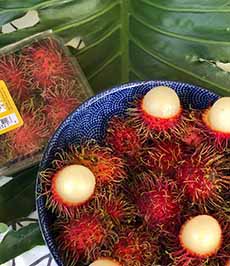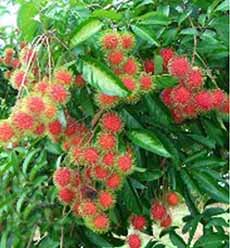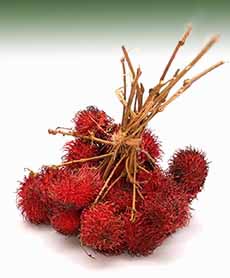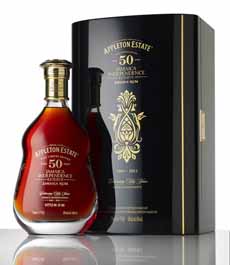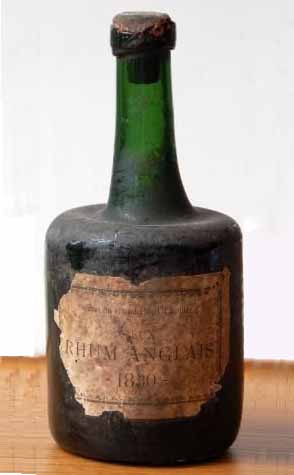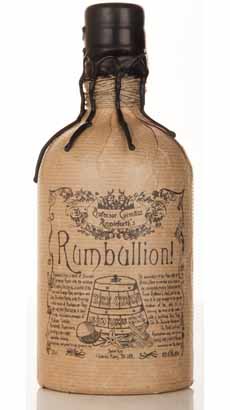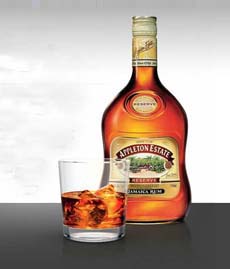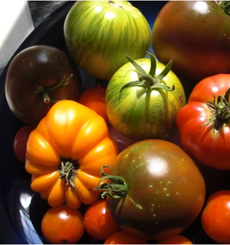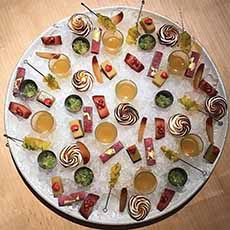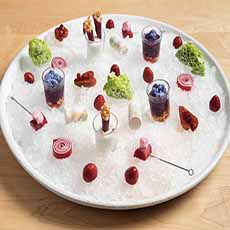|
Heirloom tomatoes get a lot of press in the summer. July and August are the peak months to pick these most flavorful tomatoes.
Are they worth the extra cost? And what exactly are heirloom tomatoes?
WHAT ARE HEIRLOOMS TOMATOES
Heirloom produce—fruits and vegetables—are old varieties, typically with superior flavor, that have been bypassed by commercial growers.
They are produced by family farms and other small-scale growers, and found at farmers markets (see the note below about “fake” heirloom tomatoes).
They have been passed by by the commercial agriculture industry that grew up after World War II, in favor of hybrids that were more profitable to grow.
They are grown from seeds used harvested in past centuries and prewar decades, which have been passed down within families.
Farmers select the seeds from plants that have produced fruits with the most desirable traits, like flavor, juiciness and crack resistance.
They will also select size, shape or color, but these take the back seat to flavor. These are non-hybrid, naturally pollinated fruits.
These precious seeds are what make an heirloom tomato an heirloom tomato.
They are traded at seed meet-ups among farmers and home growers, to help their diversity survive.
There are hundreds of heirloom tomato varieties grown worldwide. Different regions have a heritage of different varieties.
But all growers want the same thing: the robust flavors of “real” tomatoes, be they standard size or cherry.
They aren’t always solid red, but are black, brown, green, orange, pink, purple, yellow, and sometimes, striped.
And the consumers who love them don’t care that the tomatoes are misshapen, or have dark fissures that must be cut out for an attractive presentation.
Some varieties sold by seed companies include:
Amana Orange (orange beefsteak)
Azoychka (yellow/orange beefsteak)
Black Cherry (purple/black)
Black Krim (purple/black beefsteak)
Brandywine, OTV (red beefsteak)
Brandywine, Sudduth Strain (pink beefsteak)
Cherokee Chocolate (mahogany beefsteak)
Chocolate Stripes (red/green striped)
Sunset’s Red Horizon (red beefsteak)
WHY HEIRLOOMS ARE NOT A STANDARD TOMATO
Why aren’t heirloom tomatoes grown commercially, in large enough quantities to be sold in every store?
Commercial growers and retailers seek to maximize profit.
Thus, tomatoes have evolved to meet the demands of both consumers and stores, which means great flavor has given away to easy-to-grow, lower-cost tomatoes.
Commercial varieties have been bred for:
Beauty in shape and color.
Faster growing cycle.
Resistance to disease, pests and drought.
Higher yield.
Hardness for harvesting and shipping.
Longer shelf life.
While commercial tomatoes look great and are very productive, the heirloom varieties have the taste and look of the quality tomatoes that our great-grandparents enjoyed.
Tourists who experience fabulous tomatoes during trips to Greece, Italy and other European countries exclaim that they’re so much better abroad. That’s because they’re heirloom tomatoes.
People who eat heirlooms marvel at their flavor and texture know how different they are from hard, mealy supermarket tomatoes and relish the summer treasure.
The same is true with animal crops. For example, commercial chickens and turkeys are one breed, that are bred to:
Grow to maturity quickly, thus saving money on feed.
Have the large breast that consumers want.
By the way, there is no regulation around the term “heirloom.” Anyone can call tomatoes heirloom.
Larger growers can use the term for what are actually genetically modified seeds, inferior tomatoes that may have been transported from far away.
That’s why we confine our purchases to farmers markets, where small growers grow the tomatoes locally.
When you see a table of heirloom tomatoes of different varieties, you’ll quickly see how they differ from commercial tomatoes.
WAYS TO ENJOY HEIRLOOMS TOMATOES
So, what should you do with heirloom tomatoes?
Like extra virgin olive oil, they should be enjoyed in their natural state; i.e., not cooked.
|
